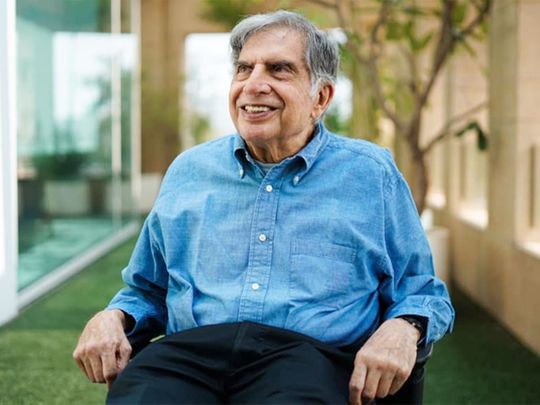Mumbai: Ratan Tata is no stranger to flying. As a 17-year-old, the patriarch of India’s biggest conglomerate once landed a plane that had lost its sole engine mid-flight. He’s also piloted the supersonic F-16 fighter jet.
That love of aviation hasn’t always translated into business success, however. Tata Group’s two airlines – AirAsia India and Vistara – were struggling before the coronavirus pandemic. COVID-19 has put the sprawling Tata Sons Ltd., which owns a 51 per cent stake in each, at a crossroads.
Either go big, by buying state-run Air India Ltd., for example, or bow out before spilling more red ink.
The Tatas “are caught between a rock and a hard place,” said Mukund Rajan, a former member of the group’s executive council. “The only option to run a successful airline is to seek scale. This would require the Tatas to deploy significantly more capital than they have done thus far. Absent ambition and scale, the prospects for success are probably very remote.”
Read More
A rescue act, anyone?
India has been trying unsuccessfully to sell its unprofitable national airline for years. Tata Group, although aviation only accounts for a small share of its total revenue, is often pinpointed by local media as the most likely suitor.
Prime Minister Narendra Modi’s administration has repeatedly sweetened the terms to woo buyers, but Tata Group, which was previously evaluating the proposal, hasn’t said whether it will bid.
Tata’s airline predicament isn’t unique. Warren Buffett exited his positions in all airline stocks earlier this year saying the pandemic may have fundamentally changed the business. And Richard Branson once famously said, “If you want to be a millionaire, start with a billion dollars and launch a new airline.”
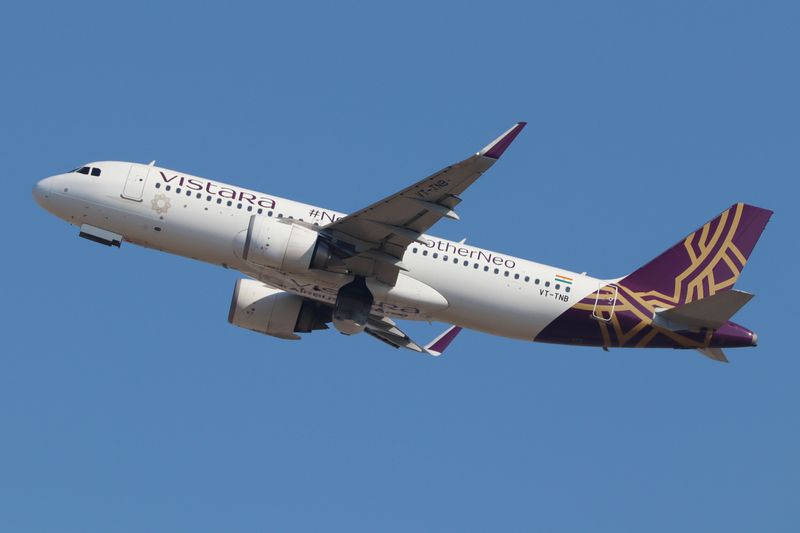
Image Credit: Agency
Repeat attempts
But what sets the Tata Group apart is its seemingly single-minded devotion toward making an airline work at any cost. Vistara and AirAsia India have never made money and have lost around $845 million combined through March this year, according to estimates from the CAPA Centre for Aviation.
Even Cyrus Mistry, who succeeded Ratan Tata as the chairman but was later ousted in India’s most high-profile boardroom coup, raised the alarm, saying in an October 2016 letter that his pushback regarding a partnership with AirAsia Group Bhd. was “futile”. Mistry was similarly displeased with the Vistara venture with Singapore Airlines Ltd.
For the $113 billion Tata Group, it’s also a question of holding onto a rich heritage. Ratan Tata’s predecessor, the legendary industrialist and philanthropist J.R.D. Tata, was India’s first licensed pilot and started Tata Airlines in 1932 as the nation’s first carrier, flying mail between Karachi in then-undivided, British-ruled India and Bombay. (Tata Airlines was later nationalized and morphed into Air India around the time of India’s independence.)
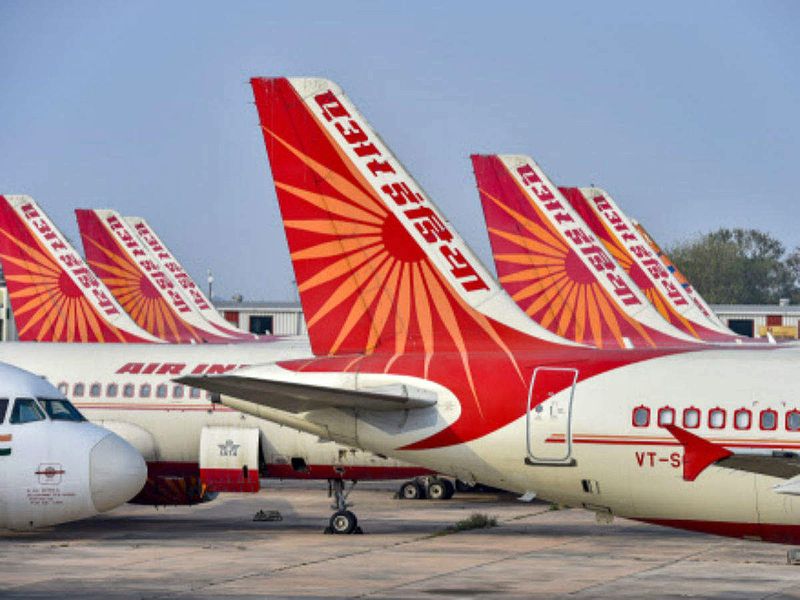
Image Credit: Agency
Sucking in capital
When India began to allow private airlines in the early 1990s, Tata’s interest was piqued again. In 1994, the group came up with an ambitious plan to start an airline with 100 planes in partnership with Singapore Airlines, but the government refused to allow a foreign entrant and project was quashed.
In 2000, Tata again teamed up with Singapore Air to bid for a stake in Air India when the then-government sought to sell shares in the state-owned carrier. The plan was later dropped because of political opposition.
“Airlines are very competitive and capital intensive and running one is difficult,” said Shriram Subramanian, founder of proxy advisory firm InGovern Research Services. “Tata Group invested in two with two different partners. It’s not clear what the group was trying to achieve.”
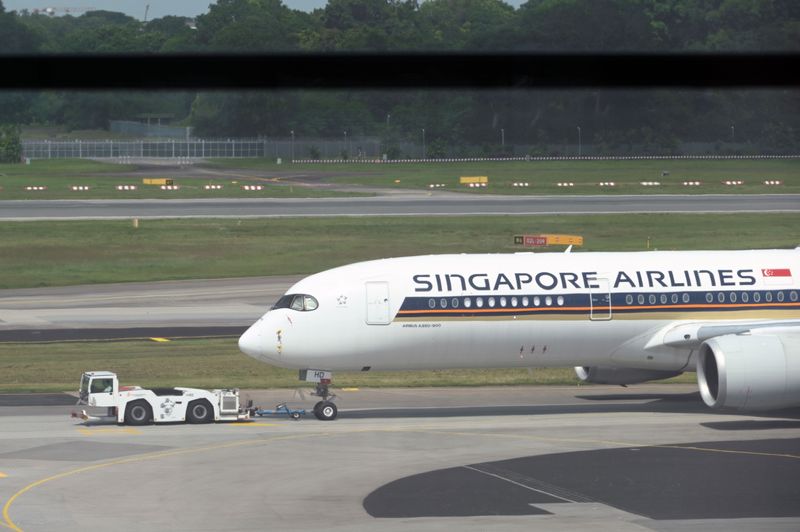
Image Credit: Agency
Much hype
Both AirAsia India and Vistara have their distinct issues. The fate of the former, a low-cost joint venture with Malaysian tycoon Tony Fernandes’ AirAsia, hangs in the balance after the Malaysian group halted any new funding. Launched in 2014, AirAsia India vowed to make money within four months and planned to lure passengers from trains and buses with cheap prices.
But it faced cut-throat competition in a crowded market where airfares go for as little as a few cents.
Vistara, started in 2015, pitched itself at the other end of the spectrum – a carrier with a business-class cabin on all planes offering to fly rich Indian businessmen to London and New York. Its stated goal: to redefine air travel in India with a “personalized flying experience”.
However if video-technology limited the need for corporate travel, the coronavirus put an end to it. Vistara has deferred taking delivery of some new aircraft as demand slumps, delaying its expansion plans.
But even before COVID-19, a culture that saw both airlines run almost solely by the foreign partners was a key problem, according to people familiar with the inner workings of Tata Group’s aviation business. The top management at both Vistara and AirAsia India were appointed by executives in either Singapore or Malaysia and struggled to implement a business plan for India that worked.
A class of their own
In high-end restaurants around Vistara’s headquarters near New Delhi, Singapore Airlines-appointees would regularly lunch together, creating a culture of exclusion. Singapore Airlines, and not Vistara, reviews the annual performance of people appointed by the foreign airline and the so-called “Singapore Airlines secondees” also reside in five-star hotels during their stint and send their children to the most-expensive schools as part of their compensation package.
Those benefits were not given to people appointed by the Indian group, they said.
At AirAsia India, local executives had to get Malaysia’s approval for every decision until the end of 2018, before Tata Group intervened after a series of corruption allegations tainted the brand’s image. India’s Central Bureau of Investigation, the equivalent of the FBI, is investigating Fernandes and other officials for allegedly paying bribes to influence local policy. Both AirAsia Group and AirAsia India have denied any wrongdoing.
Lacked hands-on effort
The lack of an aviation-in-charge person at Tata Group was also a challenge and meant Vistara and AirAsia India ended up competing for the same flyers on key routes, the people said. The business model of market leader IndiGo, which is run by InterGlobe Aviation Ltd. and which has made money year after year selling cheap tickets for on-time flights, wasn’t seriously studied or replicated, they said.
Apart from Ratan Tata – who retired around the time the ventures were established only to come back as interim chairman in 2016 – other board members were neither familiar with nor keen to address the needs of the businesses, which prevented the two competing airlines from scaling up or placing mega plane orders to secure big discounts.
Struggles elsewhere
Airlines aren’t the only sector in which the 152-year-old conglomerate, which sells everything from cars to real estate, has struggled.
Tata Steel Ltd., which bought Corus Group Plc for about $13 billion in 2007, said recently that it’s reviewing its options to make the UK business self-sustaining. Tata Motors Ltd., which bought Jaguar Land Rover in 2008 for $2.3 billion, has faced losses amid intense competition, prompting Sanford C. Bernstein analysts to say BMW AG should buy the “severely challenged” luxury carmaker.
The company’s telecommunications business was also mired in a $1.2 billion dispute with Japanese telecoms firm NTT Docomo Inc., a disagreement that was settled in 2017.
“If you take all the Tata companies, their profitability record isn’t exactly brilliant, only Tata Consultancy Services has been a consistent performer for them,” said Deepak Mohoni, founder of business consultancy Trendwatch India Pvt. “We really have to ask, why are the Tatas trying to get into airlines in the first place? JRD nostalgia?”
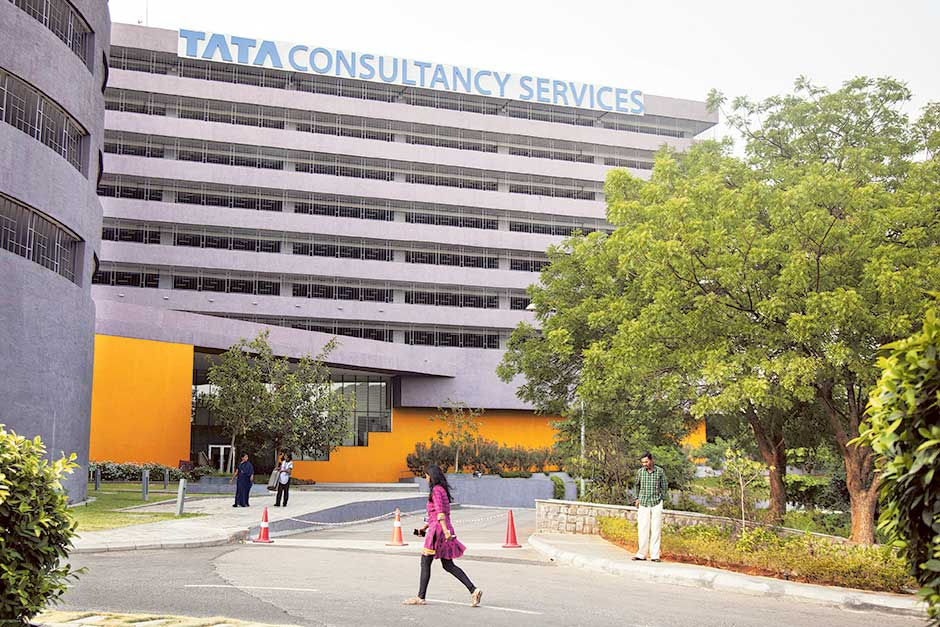
Image Credit: Agency
Aim for a third
With a more focused approach, the Tatas can still succeed in aviation, according to Vaniki Joshi Lohani, an associate dean of the business school at New Delhi’s Jawaharlal Nehru University. Lohani, who is studying Tata’s foray into airlines, says the group should make a play for Air India.
“Tata should focus on creating one low-cost airline in a price-sensitive market,” she said. “Operating expenses, higher taxes and government regulations may make full-service carriers unsustainable.”
Although Air India hasn’t made money since a 2007 merger with state-run Indian Airlines and is surviving on a large taxpayer-funded bailout, a takeover would give Tata almost overnight access to “hundreds of trained pilots, a ready-made fleet and an opportunity to quickly expand in lucrative airports in London and New York,” Lohani said.
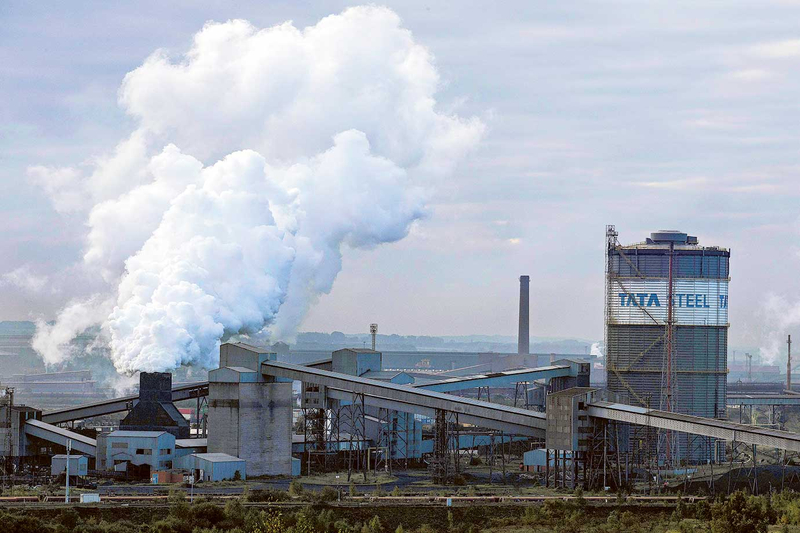
Image Credit: Agency
Legacy does matter
It wouldn’t be plain sailing, either. Air India also comes with a highly bureaucratic structure, an unionized workforce and branding complications. It’s also not clear whether the government would allow a new buyer to let go of excess staff or scrap the legacy Air India brand, a politically sensitive issue in India.
According to an Economic Times report last month that cited unnamed officials, Tata Sons is in talks with Singapore Airlines to remove a non-compete clause so that Vistara can bid for Air India. Tata Group’s chairman has stated that its airline businesses must be consolidated into one, the newspaper reported.
“Ratan Tata is obsessed with airlines and you can’t get it out of the blood,” said Arun Kejriwal, founder of Mumbai-based investment advisory firm Kris Capital. “He’s not going give up on airlines so easily.”


